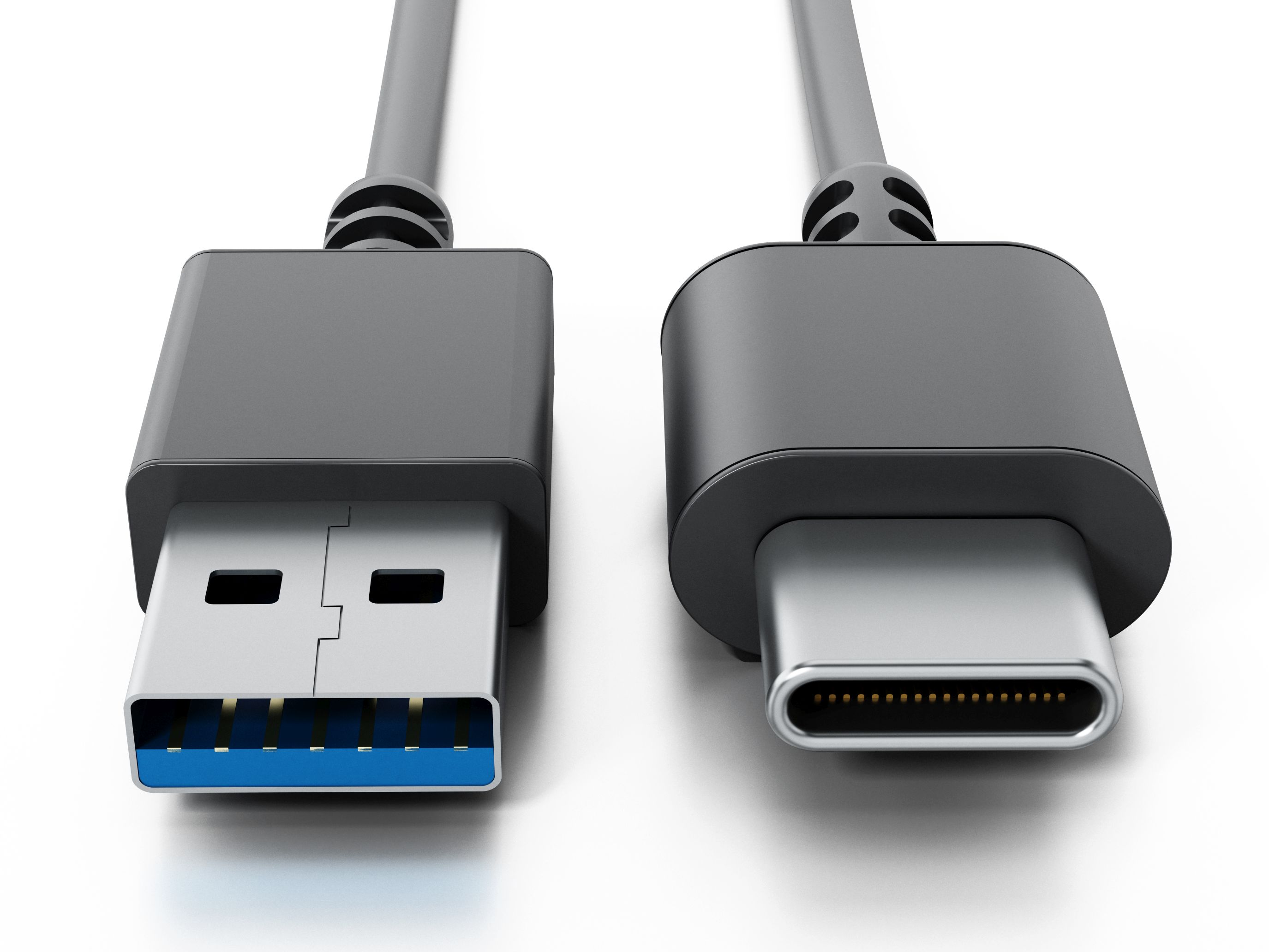

I hope that clarifies any confusion you might have had in regards to USB 2.0, USB 3.0 and Thunderbolt audio interfaces. Just use whatever you have access to and what works with your budget! Remember, if you’re going to be running HUNDREDS of audio inputs/outputs, you could benefit from a data transfer protocol that provides more stability.įor most of us though, it’s really not necessary. Even component outputs may not support future HD material if content providers have their way. One, bandwidth limitations and probably more importantly, eventualy HDCP will be enabled so HD material can only be sent via HDMI. Why do manufacturers still make USB 3.0 and Thunderbolt audio interfaces though? Audioholic General 2 A couple of reasons that HDMI was used over USB.

That’s what you get when you’re working with the best audio drivers in the industry!

That’s why performance is consistent on all RME audio interfaces (USB, Thunderbolt, etc…). So, it doesn’t matter which data transfer protocol your audio interface uses… If the audio driver was poorly written, your audio interface won’t perform at its best. What’s the #1 cause of all audio latency issues? It’s the AUDIO DRIVER! Summary: USB 2.0 vs USB 3.0 Audio Interfaces ISO2DSF v1.2.2 - SACD ISO to DFF to DSF via context menu DFF2DSF v1.1.


 0 kommentar(er)
0 kommentar(er)
